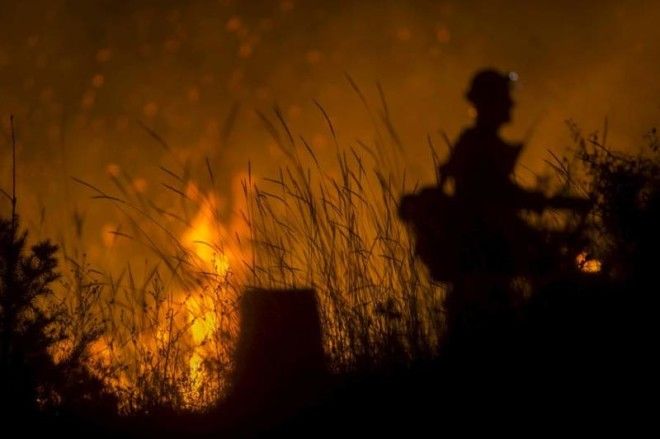
Flames consume dry vegetation at the Saddle Fire in the Shasta-Trinity National Forest near Hyampom, California. Sparked by lightning, the wildfire scorched more than 1,500 acres in drought-parched Northern California.
While wildfire season is far from over, the West Coast and Alaska have already suffered devastating blows. With a record 700 fires to date this year, Alaska has taken the largest hit, losing over 1.8 million acres. Although higher temperatures and lower humidity are to blame, the astounding number of lightning strikes (6,000-10,000 bolts per day) may be the major culprit. Elsewhere, California, Oregon, and Washington have lost thousands of acres. As total acreage lost has surged in the last two decades, many climate change experts warn that things will only get worse. Survey the damage at The Atlantic.
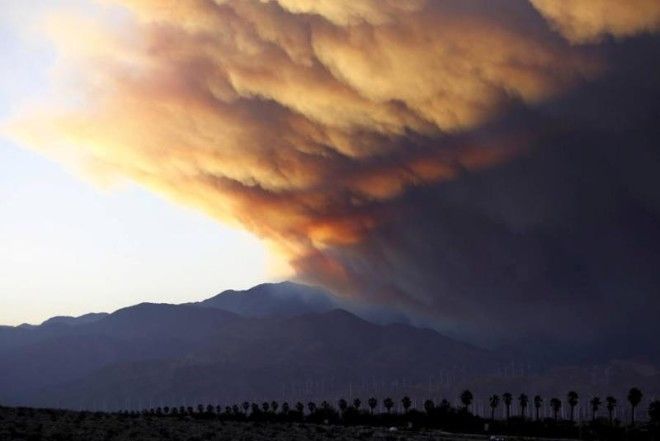
A smoke plume from the Lake Fire in the San Bernardino National Forest is seen at sunset, rising over the Coachella Valley from Palm Springs, California. About 500 firefighters have been battling this 7,500-acre fire, which is still only 5% contained.
The Ancient, Glowing Caves Of New Zealand

Although New Zealand’s 30 million-year-old limestone formations are surely incredible, they are, for the most part, upstaged by their 1-2 inch inhabitants: the glowworm. Via a checmical reaction, these tiny creatures emit some startlingly incandescent light. If “gnat larva” (which is actually what glowworms are) doesn’t sound wondrous, try adding “bioluminescent” (which is the name for their light emissions) in front of it–or just take a look at these gorgeous photos from Joseph Michael’s Luminosity project at This Is Colossal.

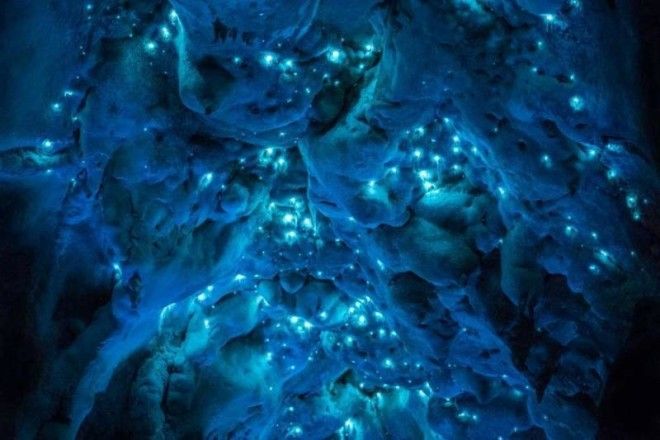
Civil War Battlefields: Haunting, 150 Years Later

Falling Waters, West Virginia, July 2, 1861: Virginians had voted to secede just two months before. But soon after, western counties rebelled against the rebellion. They entered the Union as West Virginia in 1863.
“Conversations there always seemed to turn toward the Civil War,” photographer Eliot Dudik said of his adopted home of South Carolina. Indeed, 150 years later, many wounds have not yet closed–and not just for the people, but for the land as well. Although the fields, hills, clearings, and glens where the war’s battles were fought have since seen season after season of death and rebirth, the land remains haunted.

Lookout Mountain, Tennessee, November 24, 1863: It was immortalized as the “Battle Above the Clouds.” But U.S. Grant (whose troops won) wrote that there “was no action even worthy to be called a battle….It is all poetry.”

Cloyds Mountain, Virginia, May 9, 1864: Union forces prevailed in fighting that was hand-to-hand for an hour.
Life Inside Russia’s Frozen Tundra
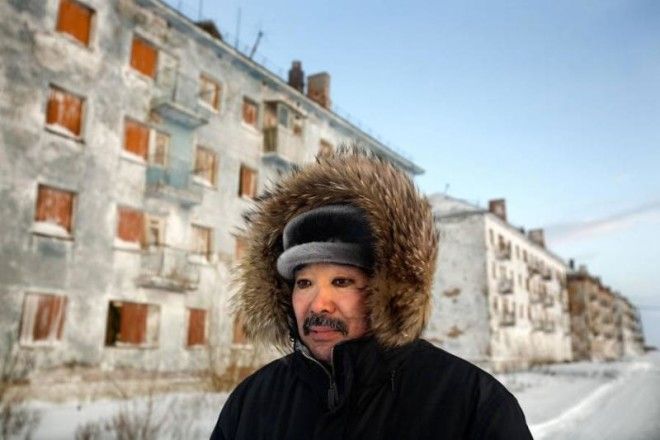
A coal miner walks through an abandoned village (with temperatures hitting -50C) where he is among the last ten inhabitants. Miners say that after ten years working underground it is impossible to remove black rings from around the eyes.
The desolate conditions of Russia’s frozen north (or “zone of absolute discomfort,” as the government has called it) would push almost anyone away, yet its riches–billions of tons of oil and natural gas–draw many in. So these intrepid workers (along with the indigenous Nenet tribe) remain trapped in an unremitting struggle against -45C temperatures and an eternal expanse of snow. Joining them for a time was photographer Justin Lin, who once suffered frostbite due to his metal camera being pressed against his face, and captured these devastating images of life in the tundra.

The flaring of gas is seen overhead at a drilling well in Siberia, 2014.
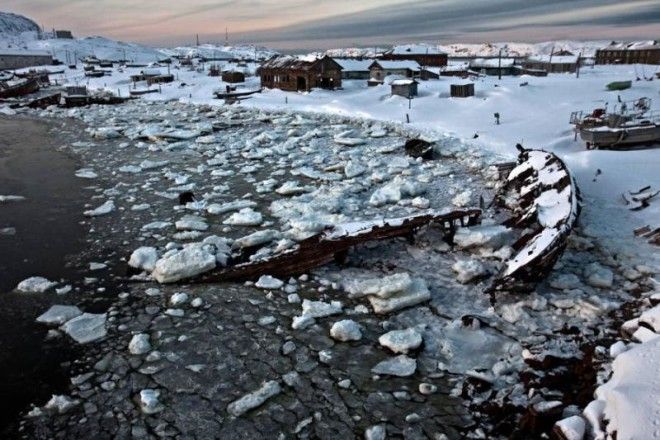
Sunken boats and abandoned houses lay rotting by an icy bay in Teriberka, a former prosperous fish-processing community waiting for an economic boom through gas production.
Splitting Mountains In Search Of Spanish Gold

The low, rolling hills of northwest Spain are, to this day, blotted with orange patches made millennia before. Starting in the first century AD, the Romans began tapping the region’s gold supply–by any means necessary. Methods included burrowing tunnels into the base of the mountain then collapsing them and the mountain along with it, and channeling water into the mountain until the pressure built up and its sides simply fell off. While irrevocably destructive, these processes left the area with its own strange beauty. It was added as an UNESCO World Heritage Site in 1997.

Visitors walk through one of the ancient tunnels that the Romans flooded with water in search of gold.


